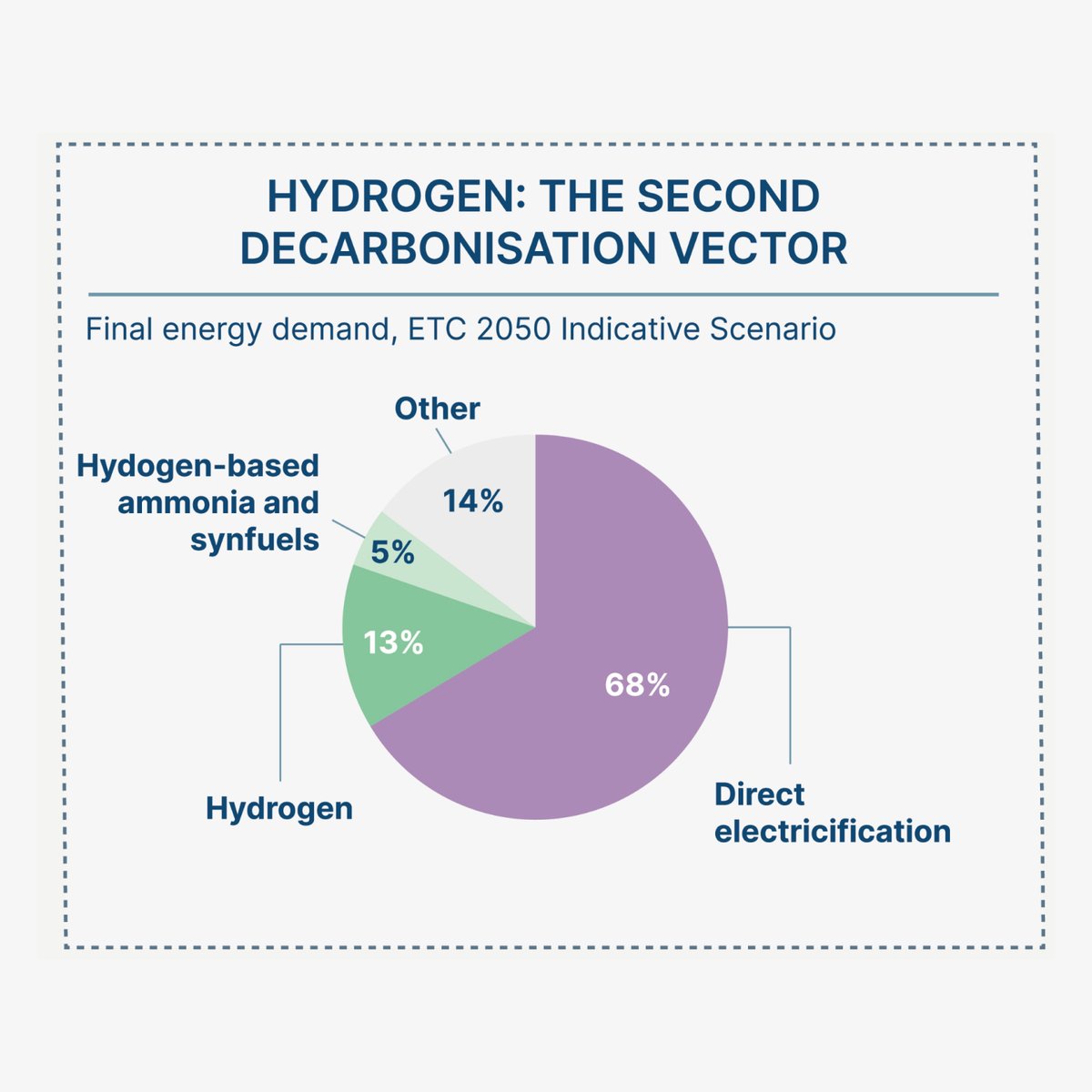After a few teaser insights in my first🧵 lets dive in a bit deeper in to our #planetpositivechemicals report.
Linear carbon flows, extended waste hierarchies and carbon vector inversion
-> lets go (1/11):
#energytwitter
Linear carbon flows, extended waste hierarchies and carbon vector inversion
-> lets go (1/11):
#energytwitter
https://twitter.com/andiwagner/status/1569699591942987779
(2/11) The chemical industry today is a linear system - it moves fossil carbon through the value chain and releases it at different stages (e.g. production or end-of-life). Some, but very little, is recycled: 

(3/11) Our report asks the critical question: does it have to be this way?
There are four fundamental pathways moving carbon: 1) fossil to air (today)
2) fossil to ground (ccs/landfill)
3) bio & DAC carbon from air to air
4) bio & DAC carbon to ground (ccs/landfill)
There are four fundamental pathways moving carbon: 1) fossil to air (today)
2) fossil to ground (ccs/landfill)
3) bio & DAC carbon from air to air
4) bio & DAC carbon to ground (ccs/landfill)

(4/11) There are several non-fossil carbon feedstocks available and they require different key technologies to utilise (CCU and gasification).
Ultimately they either drive carbon recycling (keeping carbon in the system) or if sequestered at end of life negative emissions
Ultimately they either drive carbon recycling (keeping carbon in the system) or if sequestered at end of life negative emissions

(5/11) Now why are we using fossil after all then? Because it is a pretty useful feedstock across many metrics and there are trade-offs to be managed across all other alternative carbon feedstocks: 

(6/11) There is a clear extended waste hierarchy highlighting the declining quality of material/carbon feedstock across feedstock quality, energy intensity, material intensity and time efficiency. Lets keep materials/carbon in the loop where feasible. 

(7/11) Our scenarios highlight that:
1) moving to circularity (LC) is key to limit the overall demand of carbon vs. a BAU growth trajectory
2) feedstock diversity is key when moving away from fossil (to no new fossil scenario (NFAX)
1) moving to circularity (LC) is key to limit the overall demand of carbon vs. a BAU growth trajectory
2) feedstock diversity is key when moving away from fossil (to no new fossil scenario (NFAX)

(8/11) Our low circularity (LC), most economic (ME) scenario highlights moving from a linear to a more circular system while still heavily relying on fossil feedstocks.
This is a risky strategy as it relies on the successful scaling of one technology only: CCS
This is a risky strategy as it relies on the successful scaling of one technology only: CCS

(9/11) In contrast, our NFAX model (no new fossil after 2030), transitions to a system moving carbon from the atmosphere to the ground while maximizing circularity.
A plethora of feedstocks and technologies are used which therefore minimize transition risks if one tech fails.
A plethora of feedstocks and technologies are used which therefore minimize transition risks if one tech fails.

(10/11) and remember, this moves us into the regime of carbon negativity as discussed in the last thread:
https://twitter.com/andiwagner/status/1569699635609960451?s=20&t=C18SbVPEdsA_NztCVlK6Ag
(11/11) Have a look here for more details bit.ly/3TZ7of4 and also sign up to the launch event here eventbrite.co.uk/e/systemiq-cen…
• • •
Missing some Tweet in this thread? You can try to
force a refresh






